As we approach 2025, the trend of minimalism that has dominated interior design for years is starting to take a backseat. A new movement is emerging — one that celebrates maximalism, individuality, and a more personal, expressive approach to home decor. This shift is prompting homeowners to embrace bolder colors, more intricate patterns, and a blend of eclectic design elements. In this article, we’ll explore 13 ways the anti-minimalist movement is transforming homes in 2025.
1. Bold, Vibrant Color Palettes
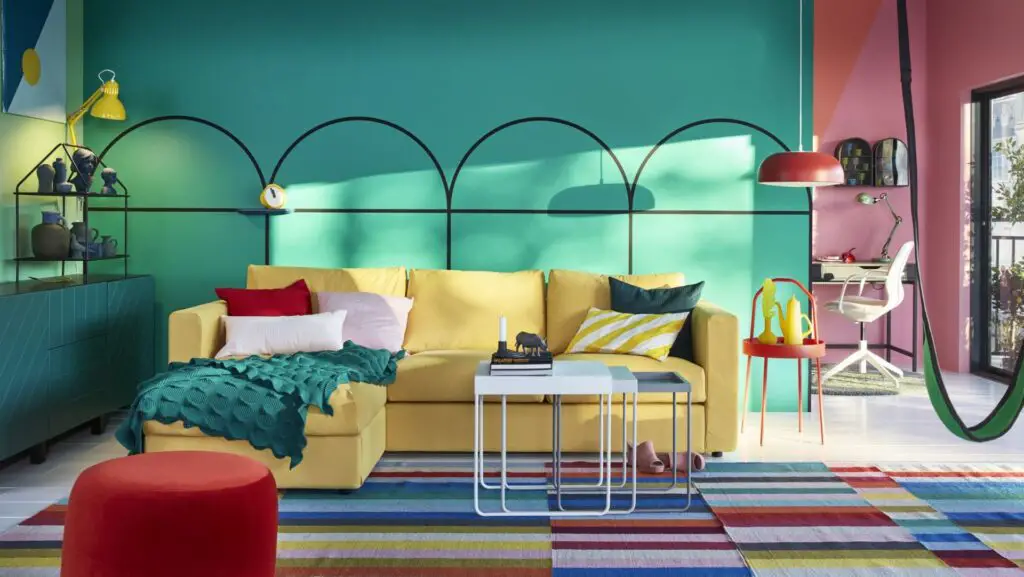
Gone are the days of neutral tones dominating home interiors. In 2025, homeowners are opting for bold and vibrant color palettes that make a statement. Rich jewel tones, saturated blues, and deep reds are taking center stage, creating rooms filled with energy and life. As reported by Elle Decor, bright colors are being used to make spaces feel more personal and dynamic, in contrast to the muted tones of minimalism.
These lively hues are being applied not just to walls but also to furniture, accent pieces, and even ceilings, bringing a sense of joy and warmth into every room. The trend is about infusing personality into the home, with each space reflecting the tastes and stories of its inhabitants. Architectural Digest notes that color is no longer seen as just an accent but as a core component of room design in this new movement.
2. Mixing of Textures and Patterns
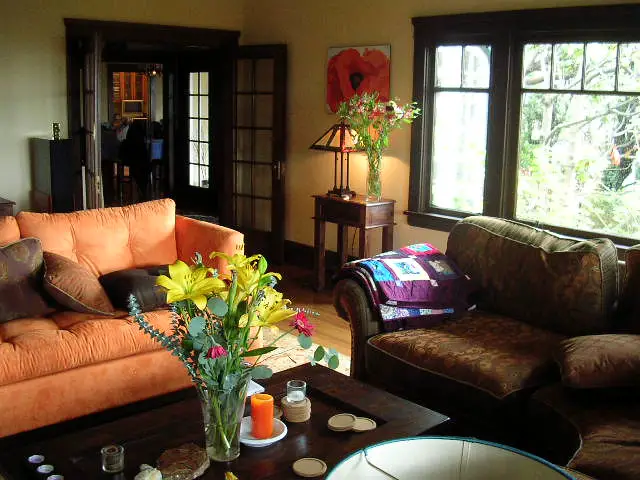
The anti-minimalist movement embraces a rich, tactile experience by layering different textures and patterns throughout the home. From plush velvet sofas to intricately patterned throw pillows, textures are being celebrated as an essential design element. As reported by House Beautiful, the contrast between soft, tactile fabrics and harder materials, such as metals or woods, adds depth and visual interest to living spaces.
Patterns are also making a comeback, with homeowners layering floral prints, geometric designs, and bold stripes to create a striking, dynamic look. Rather than keeping patterns confined to one area, people are combining them across different surfaces, creating a unique visual symphony. According to Architectural Digest, this eclectic approach reflects the desire for spaces that are truly lived in and personalized, rather than perfectly curated and sterile.
3. Incorporating Vintage and Retro Pieces
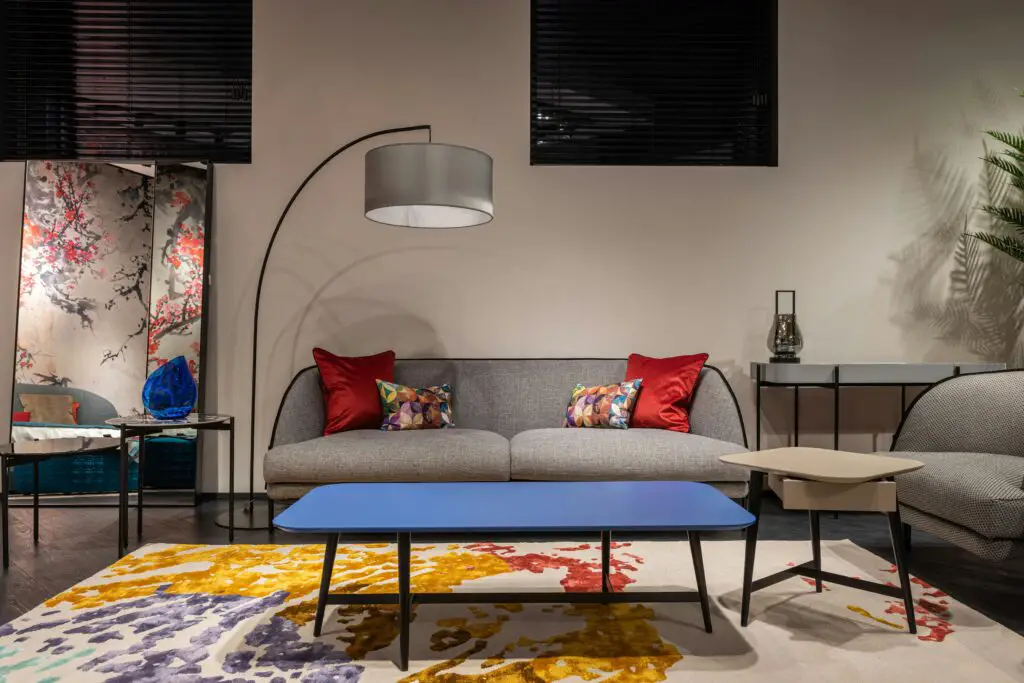
In 2025, there’s a shift away from sleek, new furniture in favor of vintage and retro pieces that carry history and character. These unique items add a layer of storytelling and individuality to the space, with homeowners seeking out mid-century modern chairs, art deco lamps, or antique dressers. As noted by Apartment Therapy, the combination of old and new creates an eclectic vibe that adds charm and nostalgia to contemporary interiors.
This incorporation of vintage furniture not only creates contrast with modern elements but also promotes sustainability by repurposing existing items. The movement toward vintage pieces aligns with a broader cultural push for sustainability, as buying secondhand reduces waste and environmental impact. Elle Decor highlights that this trend has been driven by the desire for authentic, timeless design that’s both sustainable and unique.
4. Statement Lighting Fixtures
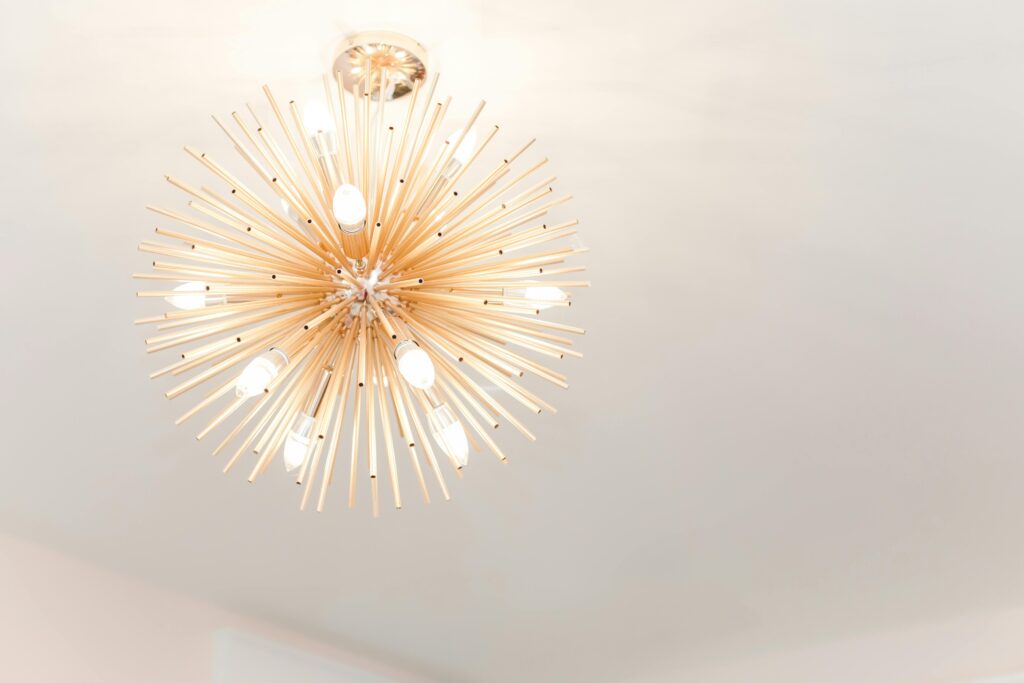
Lighting in the anti-minimalist movement is anything but understated. In 2025, homeowners are embracing statement lighting fixtures that serve as both functional and decorative elements. Oversized chandeliers, dramatic pendant lights, and sculptural lamps are being used to draw attention and set the tone for a room. According to House Beautiful, lighting is being treated as a design feature in itself, with bold fixtures acting as the centerpiece of the room.
These statement lights often combine modern and traditional styles, blending sleek metals with organic materials like glass or wood. This mix of materials creates a contrast that enhances the overall design, making lighting not just a utility but a focal point of the space. As Architectural Digest mentions, the new trend emphasizes individuality, with homeowners opting for lights that reflect their personal aesthetic rather than simply serving a functional purpose.
5. Layering Personal Art and Memorabilia
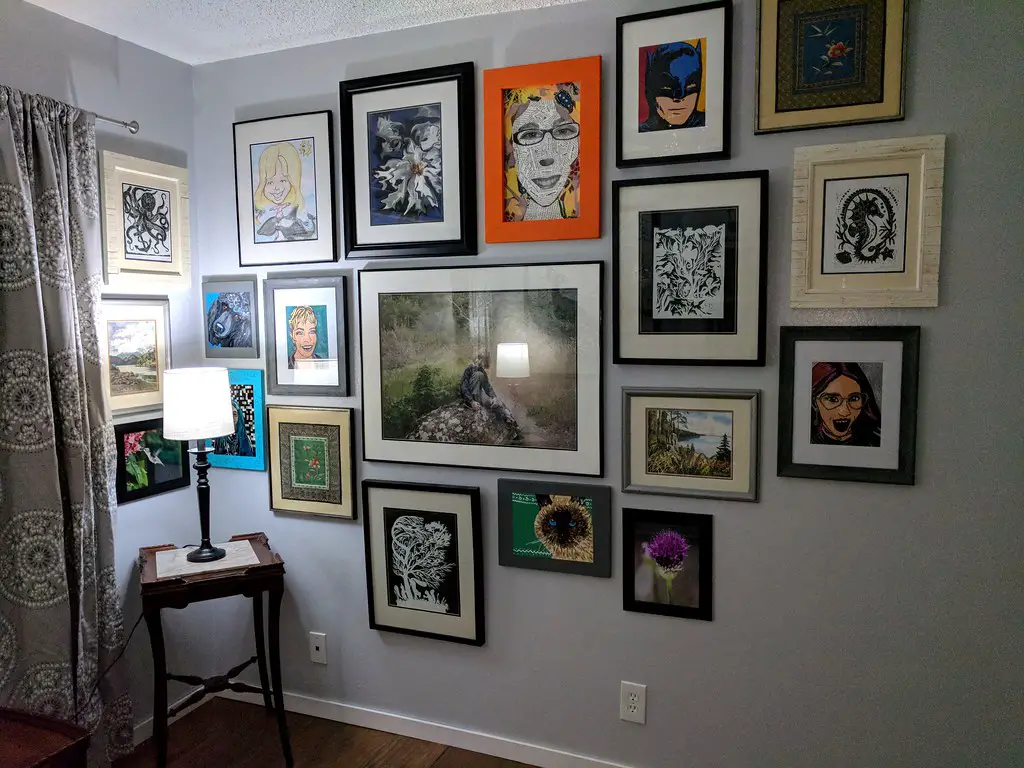
In contrast to the clean, minimalist walls of previous years, 2025’s interiors are being decorated with a mix of personal art and meaningful memorabilia. Homeowners are filling their walls with paintings, photographs, and objects that tell their own unique stories. The idea is to transform walls into galleries that reflect personal journeys, interests, and experiences, creating spaces that feel more authentic and lived-in.
This trend allows homeowners to express their personalities and passions through their surroundings, making each room feel like an extension of themselves. People are opting for bold art pieces that might be mismatched or unconventional, but that ultimately feel right in their homes. The shift is away from curated spaces and toward environments that celebrate individuality and the eclectic nature of life itself.
6. Embracing Maximalist Decor

The maximalist trend is characterized by abundance — an embrace of more rather than less. Homeowners are opting for decor that fills the space with character, energy, and personality. The focus is on incorporating vibrant colors, diverse textures, and personal touches that make every room feel rich and layered. This approach isn’t about simply adding more things; it’s about creating spaces that feel complete and expressive, where every piece has purpose and meaning.
This trend also encourages homeowners to mix and match various design styles, whether it’s pairing modern furniture with antique finds or blending different cultural influences. The goal is to create a diverse and dynamic aesthetic, where no two rooms feel the same. The eclectic approach emphasizes individuality, allowing for creative freedom in how spaces are filled and designed.
7. Large-Scale Wall Art

In contrast to minimalist spaces where artwork might be subtle or sparse, the anti-minimalist movement embraces large-scale wall art. Whether it’s oversized paintings, murals, or photography, these pieces become the focal point of the room, creating a striking visual impact. Large art pieces can transform an otherwise neutral room into a space with energy and emotion, creating a powerful first impression.
These bold art pieces add a sense of grandeur and drama to the space, which is in line with the overall shift away from understated and towards more expressive interiors. The art might feature abstract designs, vibrant colors, or even personal photographs, making each space unique. Large-scale artwork encourages homeowners to showcase their creativity and boldness in a way that smaller, more delicate pieces cannot.
8. Diverse Furniture Styles
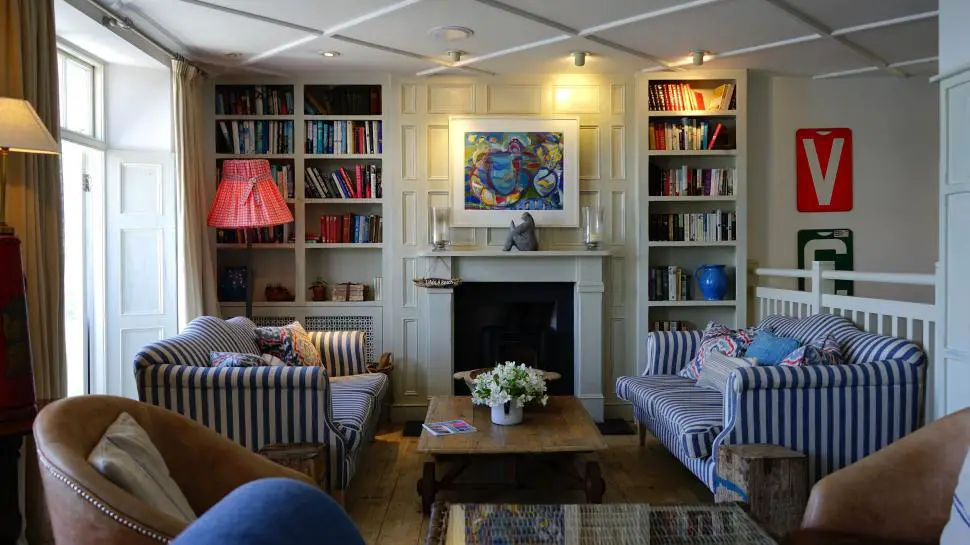
Maximalism is not about uniformity — it’s about embracing diversity. In 2025, you’ll see furniture pieces from a wide range of styles mixed together, from vintage armchairs to modern sofas and even bespoke, one-of-a-kind items. This combination creates a sense of uniqueness and visual interest, as every piece tells a different story. Instead of buying everything from the same furniture collection, people are curating their pieces over time, creating a more organic and personalized living space.
This trend highlights the freedom to break traditional design rules and embrace individuality, making every room feel like a reflection of the people who live there. Mixing various design styles allows each space to evolve over time, resulting in a dynamic and eclectic environment. Homeowners can experiment with different looks and feel empowered to create spaces that truly suit their personalities and needs.
9. Emphasis on Comfort Over Aesthetics
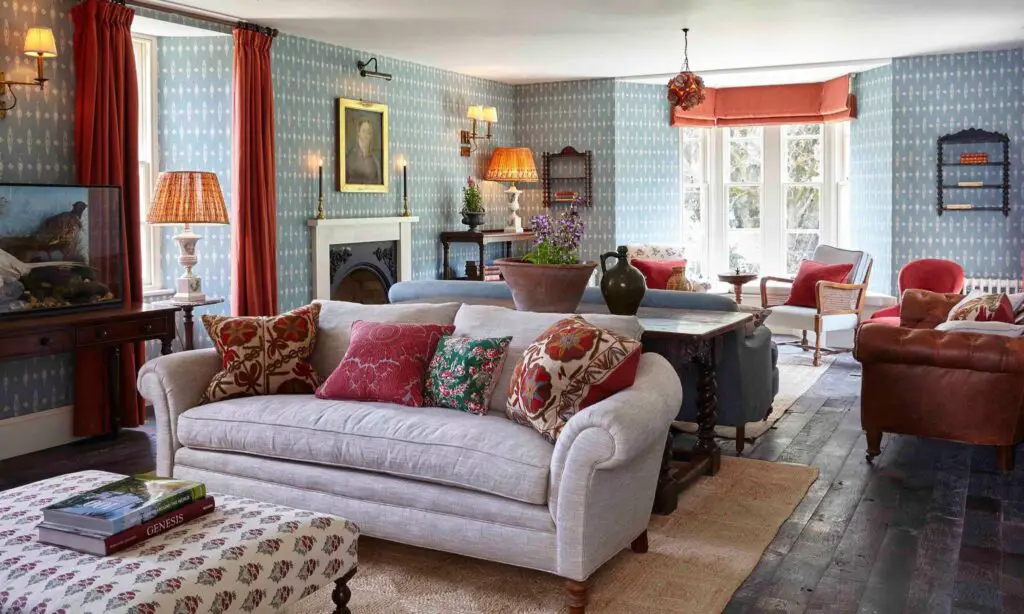
The anti-minimalist movement prioritizes comfort just as much as style. While aesthetics are important, there is a strong emphasis on creating spaces that people can truly relax in. Soft, plush furniture, cozy textiles, and spaces designed for relaxation are becoming essential elements of home design. Homeowners are increasingly choosing comfort and functionality over minimalist sleekness, seeking spaces that invite rest and enjoyment.
This shift reflects a growing desire to create homes that feel warm and inviting, where one can unwind and feel at ease. In contrast to the sterile, clean lines of minimalist interiors, this new trend encourages the use of cushy sofas, oversized armchairs, and cozy textiles that make spaces feel lived-in and comfortable. Comfort is now seen as a key element of good design, enhancing the well-being and daily experience of those who inhabit the space.
10. Personalizing Every Space
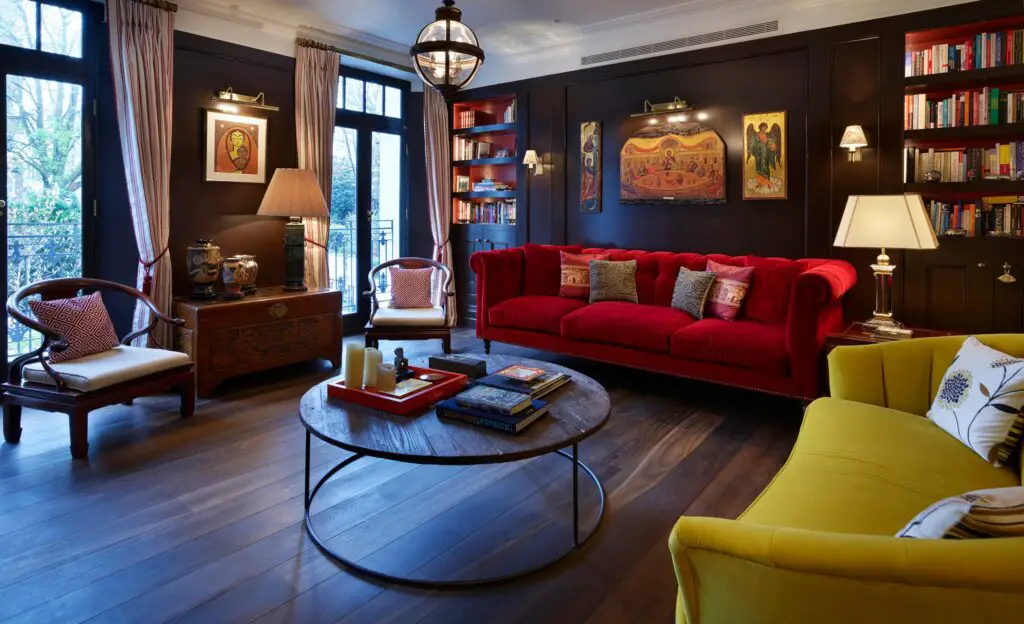
The anti-minimalist movement encourages personal expression in every room. From incorporating heirloom furniture to displaying personal collections, this trend is all about making spaces feel uniquely yours. Homeowners are filling their homes with meaningful items that reflect their individual stories, tastes, and interests. Rather than adhering to rigid design rules, people are now embracing their quirks and personal preferences in how they style their homes.
This personalized approach fosters an environment where creativity and authenticity take center stage. No longer bound by the idea of creating perfect, symmetrical spaces, homeowners are embracing imperfections and the charm they bring. Every item, whether it’s a family heirloom or a unique treasure, adds to the overall narrative of the home, making it a true reflection of its occupants.
11. Focus on Multi-Functional Spaces
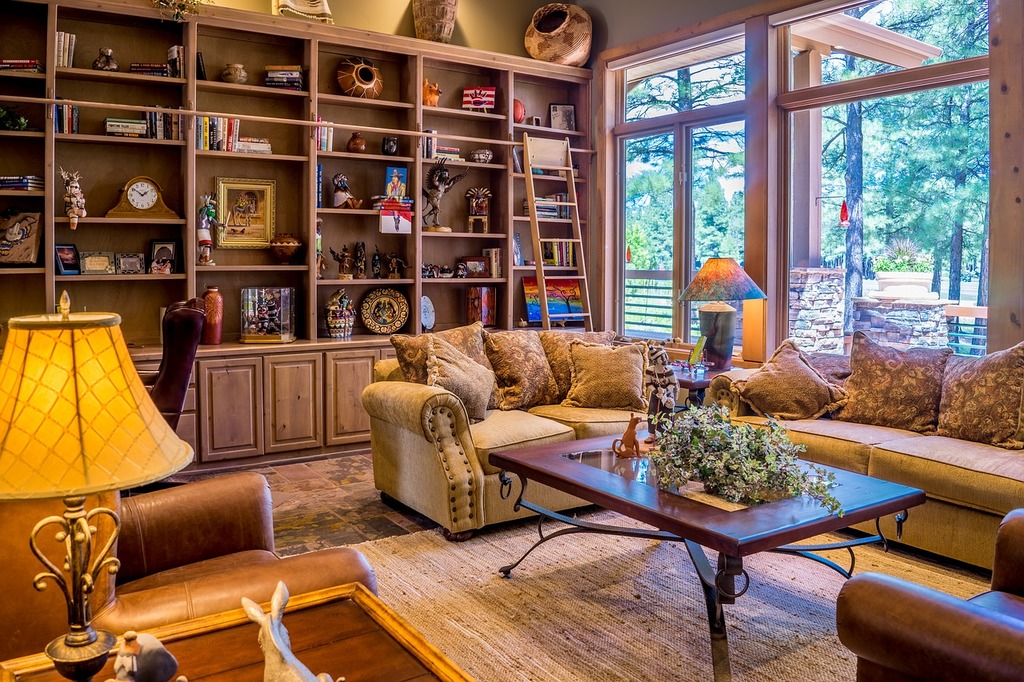
In line with the desire for comfort and practicality, 2025 homes are embracing multi-functional spaces. Rooms that serve more than one purpose, such as a living room that doubles as a home office or a guest bedroom that functions as a workout space, are becoming increasingly common. This approach allows homeowners to maximize their living areas and make them as versatile as possible.
Multi-functional spaces also encourage a more relaxed and flexible way of living, where spaces can evolve to suit the needs of the moment. This trend reflects a shift away from rigidly defined rooms and toward more fluid, adaptable environments. Homeowners can use these spaces creatively, changing them based on their lifestyles and evolving needs over time.
12. Welcoming Bold, Eclectic Details

Small details are key in the anti-minimalist movement. Homeowners are embracing bold, eclectic decor pieces that may not match but add to the personality of the space. These might include brightly colored throw pillows, oversized rugs, or quirky sculptures. By layering unique accessories, people are able to add character and warmth to their homes, making them feel truly one-of-a-kind.
Rather than opting for simple, functional decor, the new trend encourages the inclusion of distinctive, bold elements. These pieces are meant to stand out and showcase individuality, contributing to the overall atmosphere of the space. Eclectic details can turn an ordinary room into something extraordinary, where every piece has a story and a purpose.
13. Rejection of Sterile Spaces
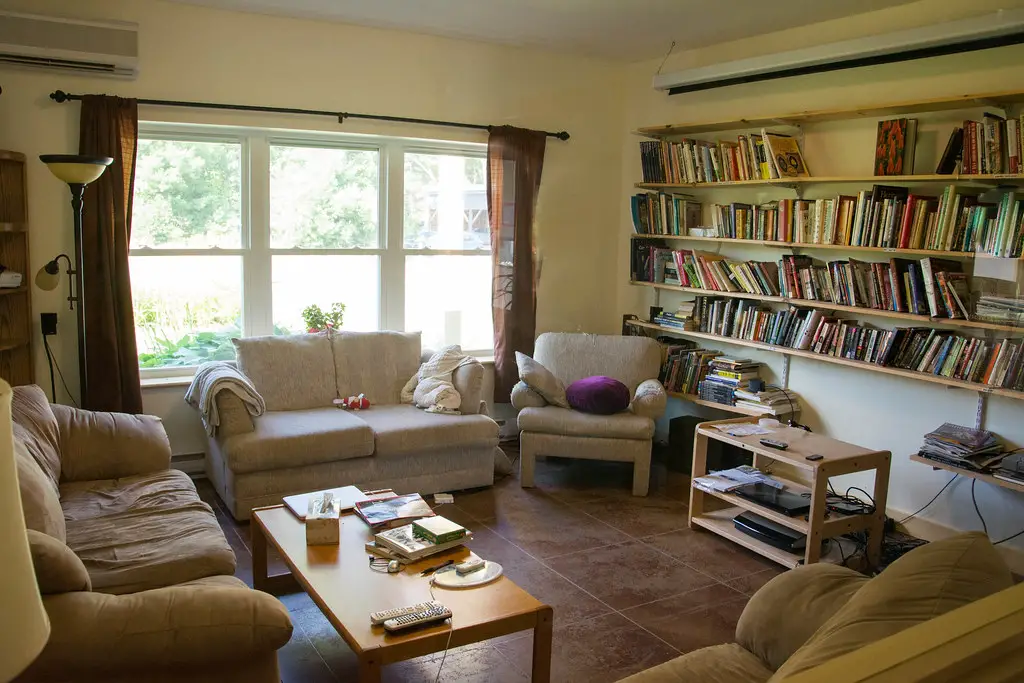
The anti-minimalist movement rejects the idea of sterile, overly curated spaces. In 2025, homes are being designed to feel more lived-in, with a focus on warmth, comfort, and personality. Instead of keeping everything immaculate and free of clutter, homeowners are embracing the beauty of imperfections and the lived-in nature of their homes. This approach encourages a sense of authenticity, where spaces feel inviting and full of character.
Rather than striving for perfection, homeowners are opting for environments that reflect their real lives and experiences. The trend embraces personal mess, unique arrangements, and a sense of comfort that makes spaces feel familiar. This shift from minimalist austerity to welcoming, dynamic interiors is all about creating environments where people feel at ease and truly at home.
